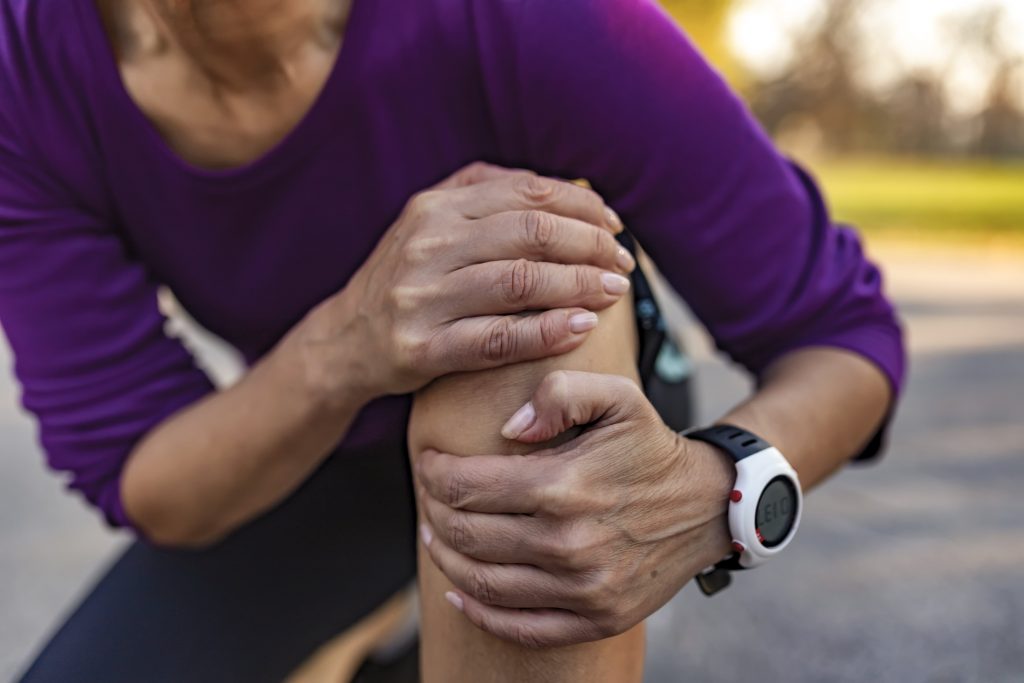ACL Prevention

How ACL Injuries Happen:
The ACL knee ligament provides stability by preventing excessive forward movement of the tibia (shin bone) in relation to the femur (thigh bone). ACL injuries typically (70% of the time) occur due to a non-contact mechanism, often involving sudden changes in direction, deceleration or landing from a jump. The most common mechanisms leading to ACL tears include:
1. Plant and Cut: When an individual plants their foot and forcefully changes direction, the ACL may experience excessive strain, leading to injury.
2. Landing Incorrectly: Awkward landings after a jump, especially when the knee is extended or excessively flexed, can cause the ACL to tear.
3. Sudden Stopping: Abruptly stopping while running or pivoting can place excessive stress on the ACL and result in injury.
4. Direct Impact: High-velocity collisions or blows to the knee from contact sports can also lead to ACL tears, although these cases are less common compared to non-contact mechanisms.
Risk Factors for Tearing Your ACL:
While ACL injuries can happen to anyone, certain factors increase the risk of experiencing a tear. These risk factors include:
1. Gender: Females have a higher incidence of ACL injuries compared to males. Anatomical differences, hormonal factors, and neuromuscular imbalances contribute to this gender difference.
2. Sport Participation: Athletes engaged in sports that involve jumping, pivoting, and sudden changes in direction, such as soccer, basketball, GAA, rugby and skiing, are at an increased risk of ACL injuries.
3. Previous ACL Injury: Individuals who have previously torn their ACL are at a higher risk of re-injury due to residual weakness, altered joint mechanics, and increased laxity.
4. Poor Neuromuscular Control: Inadequate muscle strength, coordination, and proprioception can impair an individual’s ability to stabilise the knee joint, making them more susceptible to ACL injuries.
5. Anatomical Factors: Certain anatomical factors, such as increased Q-angle (angle formed between the quadriceps muscles and the patella (knee cap) tendon) and generalised joint laxity, may predispose individuals to ACL tears.
ACL Injury Prevention:
Prevention strategies aim to reduce the incidence and severity of ACL injuries. Effective preventive measures include:
1. Neuromuscular Training: Implementing specific training programs that focus on improving strength, balance, agility, and proprioception can enhance neuromuscular control and reduce the risk of ACL injuries.
2. Landing Technique: Emphasising proper landing technique during jumps and ensuring that the knees are flexed and aligned with the toes can help distribute forces evenly and minimise the risk of ACL tears.
3. Strength and Conditioning: Engaging in regular strength and conditioning exercises that target the lower extremity muscles, particularly the quadriceps, hamstrings, and hip muscles, can provide better knee stability and reduce ACL injury risk.
4. Warm-up and Stretching: Prior to engaging in physical activities, performing a dynamic warm-up routine that includes stretching, jogging, and sport-specific movements can enhance flexibility and prepare the body for optimal performance while reducing the risk of injury.
5. Education and Awareness: Raising awareness about ACL injury prevention among athletes, coaches, and parents is essential. Providing education on proper techniques, risk factors, and injury mechanisms can empower individuals to make informed decisions and take necessary precautions.
By implementing effective preventive measures, including neuromuscular training, emphasising proper landing technique, and engaging in strength and conditioning exercises, individuals can minimise the risk of ACL injuries and maintain a healthier and more active lifestyle.
Prevention program links
GAA
https://ulster.gaa.ie/activate/
https://learning.gaa.ie/Gaelic15
General sports
https://www.esska.org/mpage/ACL_PreventionforAll
Rugby
Soccer/FIFA 11+
www.fit4football.co.nz
